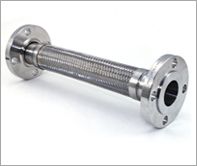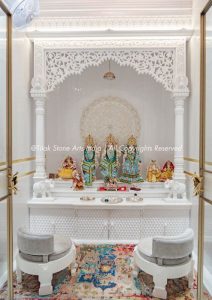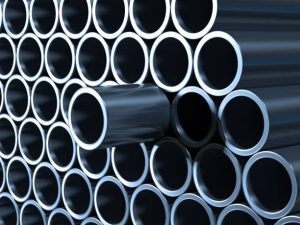Selecting the right hose for industrial applications requires more than matching inlet and outlet sizes. Engineers must consider pressure ratings, temperature ranges, chemical compatibility, and flexibility requirements. The wrong choice leads to system failures, downtime, and safety risks. Modern hose designs combine material science with practical engineering to deliver solutions that perform reliably in harsh environments.
Engineering Flexible Solutions
- Advanced Polymer Technology: Eaton hoses incorporate synthetic rubber compounds and thermoplastic materials engineered for specific applications. These materials maintain flexibility across wide temperature ranges, from cryogenic conditions to high-heat environments. The molecular structure allows repeated bending without cracking or weakening, extending service life in dynamic applications where hoses experience constant movement.
- High-Temperature Durability: A stainless steel hose delivers unmatched strength in extreme conditions. The corrugated metal construction withstands temperatures exceeding 800°C, making it essential for steam systems, exhaust applications, and chemical processing. Stainless steel resists corrosion from acids, alkalis, and solvents that would degrade rubber or plastic alternatives. The metal structure maintains integrity under sustained pressure.
Strength Through Design Architecture
- Reinforcement Layer Configuration: Multiple reinforcement layers provide strength without sacrificing flexibility. Textile braids, spiral wire, and synthetic fibres work together to contain internal pressure. The arrangement of these layers determines how much the hose can bend before kinking. Engineers calculate the minimum bend radius based on reinforcement design, ensuring safe operation in tight spaces.
- Pressure Containment Capabilities: Metal hoses handle pressures that would burst flexible alternatives. The corrugated design allows some flexibility for installation and thermal expansion, but the primary benefit is structural strength. Stainless steel grades like 304 and 316 offer different corrosion resistance levels. Grade 316 contains molybdenum for superior performance in chloride environments, critical for marine and coastal industrial facilities.
Design Factors That Determine Performance
- Material Compatibility Considerations: Chemical resistance varies dramatically between hose materials. EPDM rubber excels with water, steam, and mild chemicals but degrades rapidly when exposed to petroleum products. Nitrile rubber handles oils and fuels effectively but fails in ozone-rich environments. Engineers must match the inner tube material to the fluid being conveyed. A mismatch causes swelling, softening, or complete breakdown of the hose structure.
- Temperature Range Engineering: Every hose material has temperature limits that affect flexibility and strength. Cold temperatures stiffen rubber compounds, reducing flexibility and increasing the risk of cracking. High temperatures soften materials, reducing pressure ratings and accelerating ageing. Quality manufacturers publish detailed temperature curves showing how performance changes across the operating range. This data helps engineers select hoses that maintain reliability in variable conditions.
Critical Construction Elements
- Layer Integration Methods: How layers bond together affects overall performance. Some hoses use adhesive bonding between the inner tube, reinforcement, and cover. Others employ chemical bonding during the vulcanisation process. Poor bonding leads to delamination under pressure cycling. The cover layer protects reinforcement from environmental damage and the inner tube provides chemical resistance. Each layer serves a specific purpose in the overall design.
- End Fitting Compatibility: Coupling design influences system reliability as much as the hose itself. Crimped fittings provide permanent, leak-free connections for high-pressure applications. Reusable fittings allow field assembly and maintenance flexibility. The fitting must match the hose construction. A standard fitting on a specialised hose creates a weak point. Thread types, seal materials, and torque specifications all matter for proper installation and long-term performance.
Application-Specific Requirements
- Dynamic vs Static Installations: Hoses in robotic systems or moving machinery require maximum flexibility and abrasion resistance. The outer cover must withstand repeated contact with other equipment. Static installations prioritise pressure containment and chemical resistance over flexibility. Understanding the application environment helps narrow material choices and construction styles.
- Safety Factor Calculations: Industrial standards recommend operating pressures at 25% of burst pressure. This safety margin accounts for pressure spikes, ageing, and unexpected conditions. Higher safety factors extend service life but increase initial costs. Procurement managers balance these factors based on:
- Criticality of the application to production
- Accessibility for inspection and replacement
- Consequences of failure on safety and operations
- Budget constraints and total cost of ownership
Proper hose selection requires understanding how design elements affect performance in specific applications. Material properties, construction methods, and operating conditions all influence reliability and service life. Industries that invest time in proper specification reduce maintenance costs and avoid unexpected failures. Contact experienced suppliers who can analyse your requirements and recommend solutions backed by technical data and application expertise.
Featured Image Source: https://www.jreltd.com/images/stainless-steel/pic2.jpg






